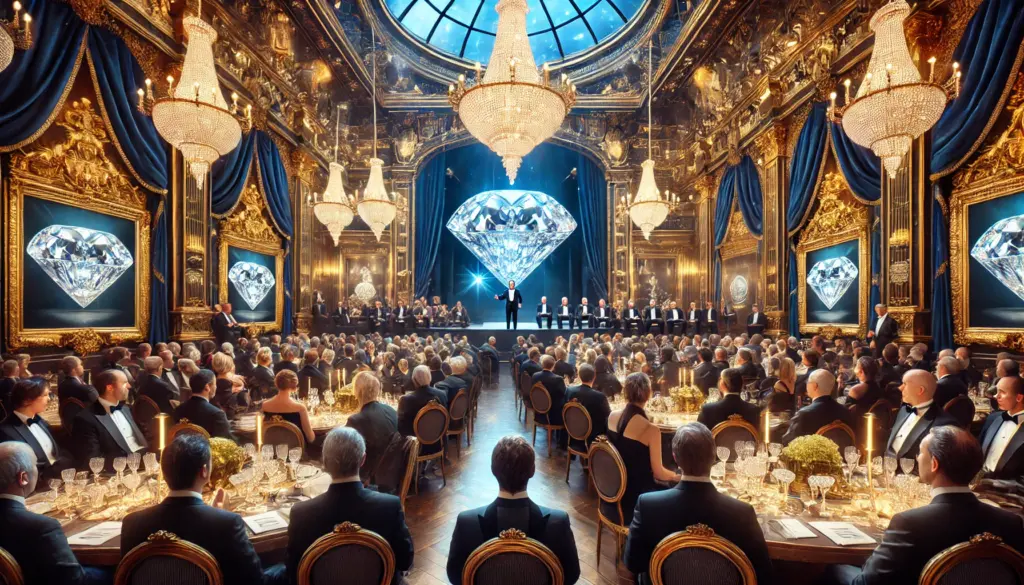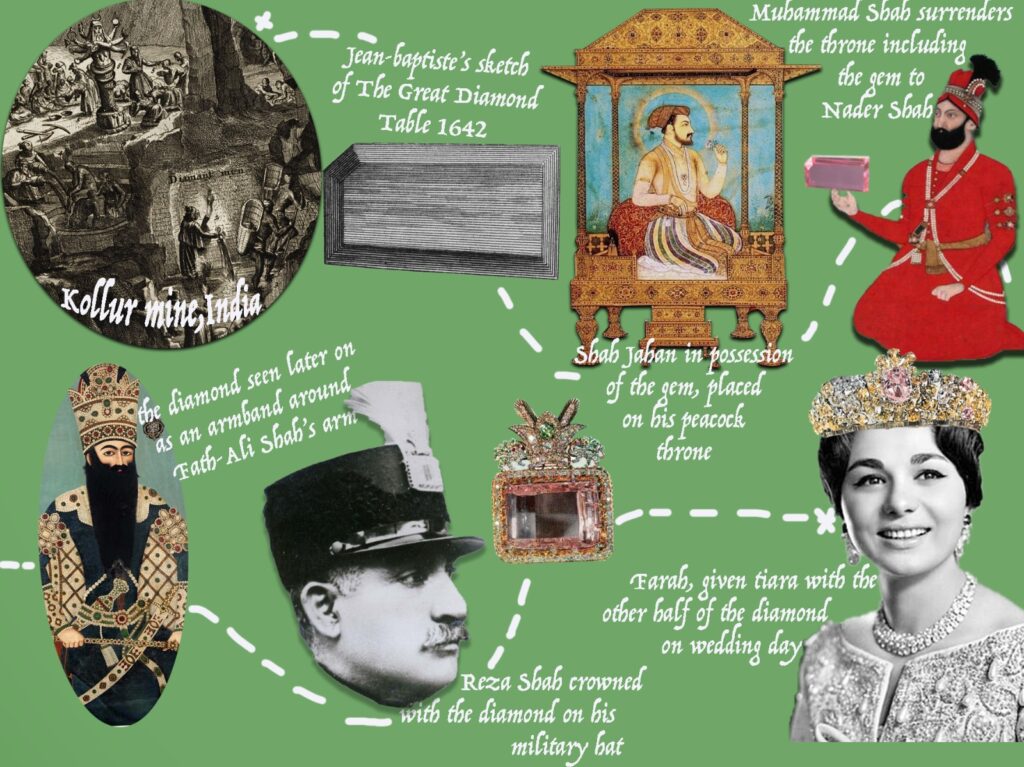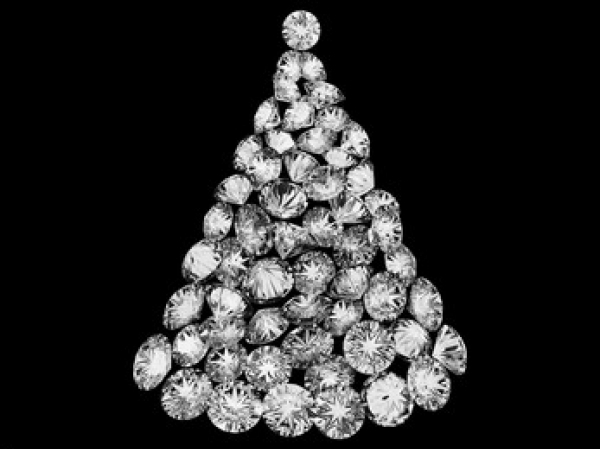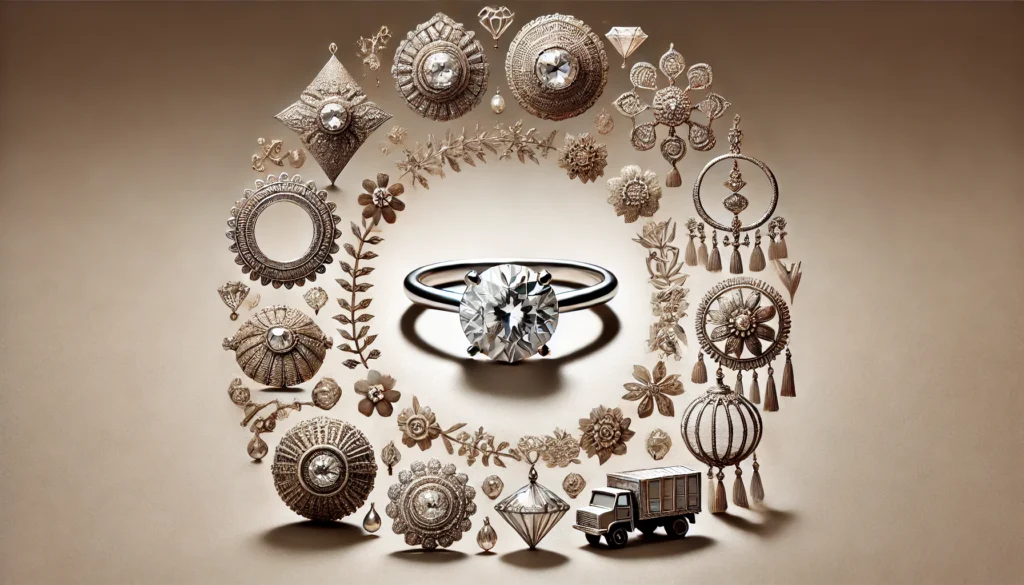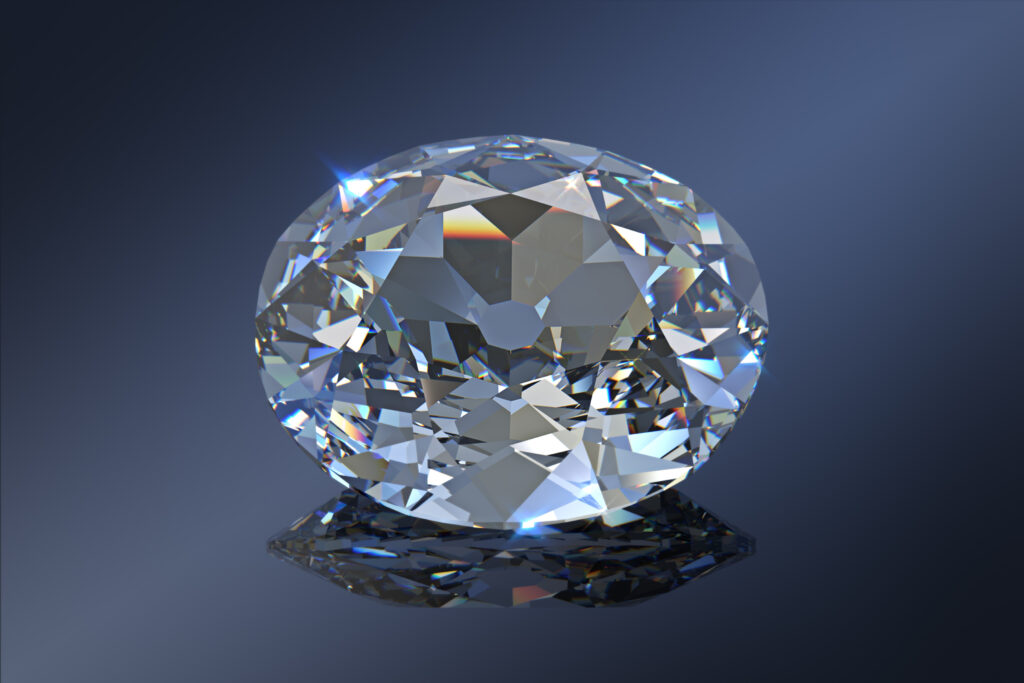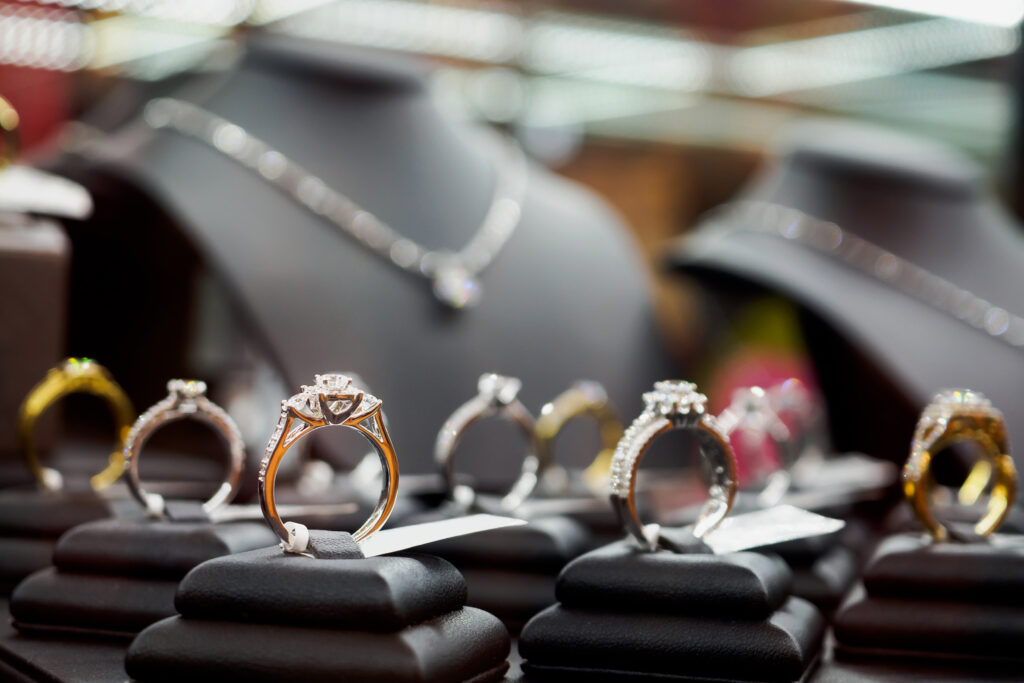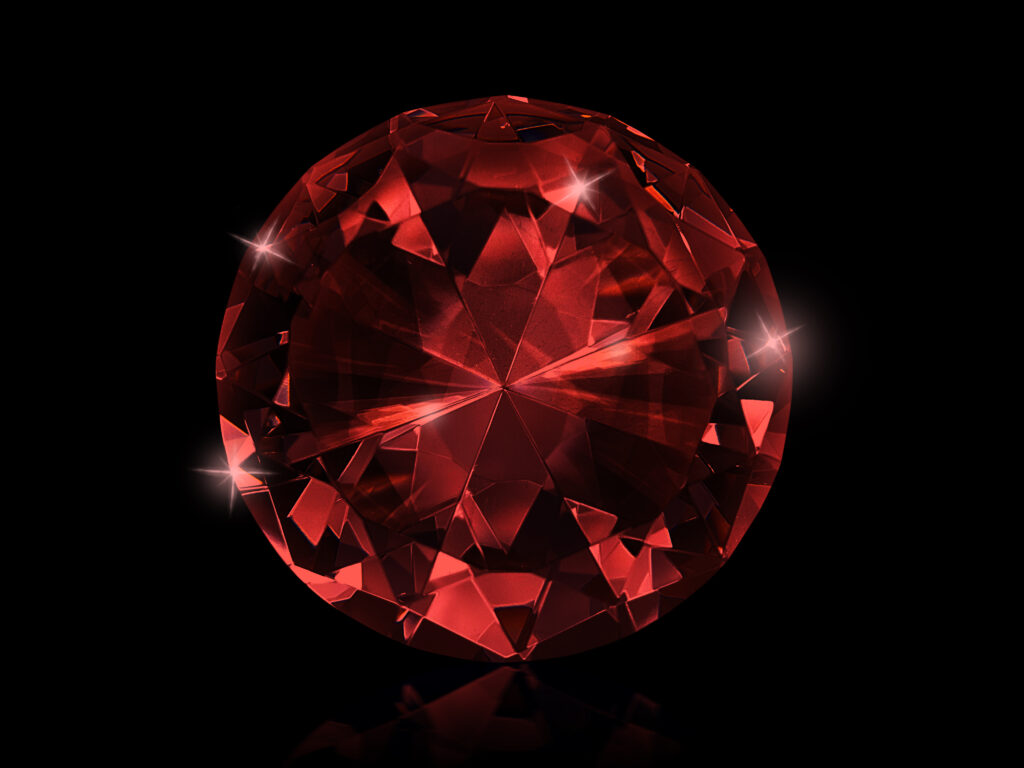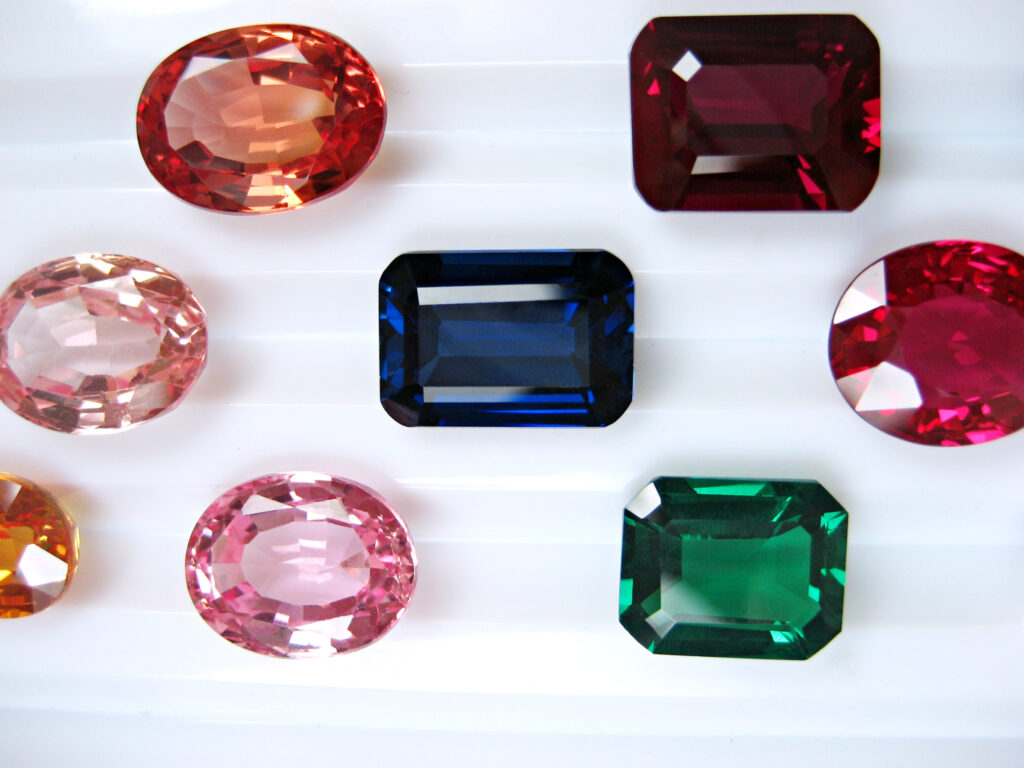
You have probably already seen diamonds of different colours and wondered if there is anything special about them. It is a well-known fact that diamonds come in various colours and shapes, but have you ever thought about how the terms which describes a colour? What is the colour grading process? Or whether the cut of the diamond influences the perception of colour? This article answers these questions and explains the basics and the secrets of coloured diamonds.
The Grading Process
To start with, the colour grading of coloured diamonds evolved from the D-Z scale. These diamonds do not have a letter representing a colour, like colourless diamonds, but they are assigned a term which describes the hue, tone, and saturation variations. There are 27 basic hue terms. Each of the hues stands for a particular colour as well as a range of colours. The terms are:
- Red;
- Orange;
- Yellow;
- Green;
- Blue;
- Violet;
- Purple.
To describe the colour of the gem either one hue term or two hue terms are used. Two hue terms are used when the two colours are present where the predominant colour is stated last. The combination of different hues such as “orangy-red,” “reddish orange,” “yellowish-green,” and “reddish-purple” are used. For example, “yellow-orange” and “orange-yellow” represent two different hues. “Orange-yellow” has a higher saturation of yellow, whereas “yellow-orange” has a higher saturation of orange. Once the grader decides on the hue, he then proceeds to name the combined effect of tone and saturation on the gem’s hue to complete the colour grading process. Nine straightforward terms represent it:
- Faint;
- Very Light;
- Light;
- Fancy Light;
- Fancy;
- Fancy Intense;
- Fancy Dark;
- Fancy Deep;
- Fancy Vivid.
It may seem confusing to get your head around the different colours and their terms, but it is useful just to remember that the higher concentration of a particular colour is stated last when describing a diamond. Knowing this fact would already make it easier for you to understand what term represents what colour. The GIA Coloured Diamond Grading Report only has an objective description of a colour and a graph which shows the hue, tint and saturation of the diamond.
The Value
The difference between the D-Z scale and the coloured scale is that the value in the first one is based on the absence of colour (the higher the letter of the alphabet the higher the value), while the latter one is based on the presence of colour (the stronger the hue the higher the value). However, bear in mind that some coloured diamonds occur in a wide range of saturations whereas others do not. So, for example, a yellow diamond can be very saturated (also called “fancy vivid”) whereas a blue diamond does not have such a large variation of saturation. Therefore, when it comes to pricing there are large boundaries for grading and valuing these two diamonds. Moreover, it depends on the rarity of the colour. The blue and pink diamonds are one of the rarest one to find in nature. The last consideration is how the colour is spread on the diamond, whether it is an “even” or “even” distribution. This description is used for the gemstones that have a grade of Fancy, Fancy Intense, Fancy Dark, Fancy Deep, and Fancy Vivid.
The Game of Cut and Colour
When cutting a rough, the cutter does not only consider the cut shape and how to make it of the highest clarity, but he also thinks about how the cut will influence the colour perception. Especially, when it comes to coloured diamonds because their cut can significantly affect the colour. The variation of facets and how light interacts play a role in the apparent colour. For example, in an emerald cut diamond, the colour is Fancy Light Yellow, but if cut into an oval, the colour could change to Fancy Vivid Yellow. The diamond’s carat would be reduced in this case, but the yellow colour enhanced. It is worth remembering that in the GIA Colored Diamond Grading Report, the cut grade is not stated, since most of the attention is placed on enhancing the colour.

